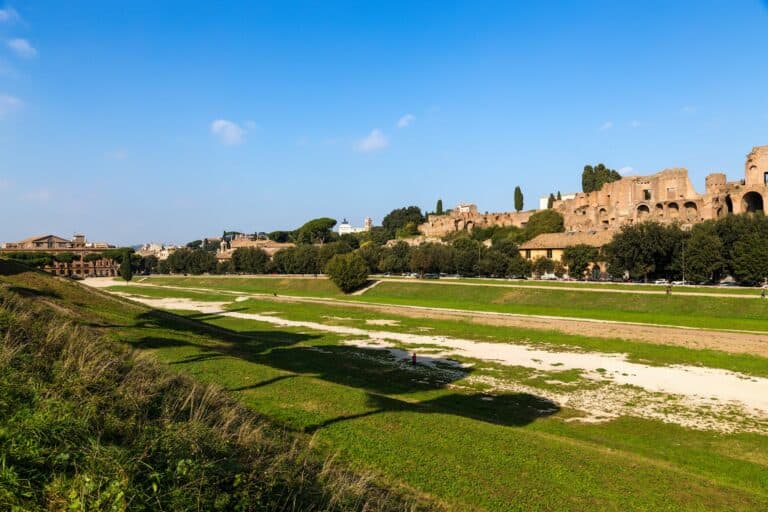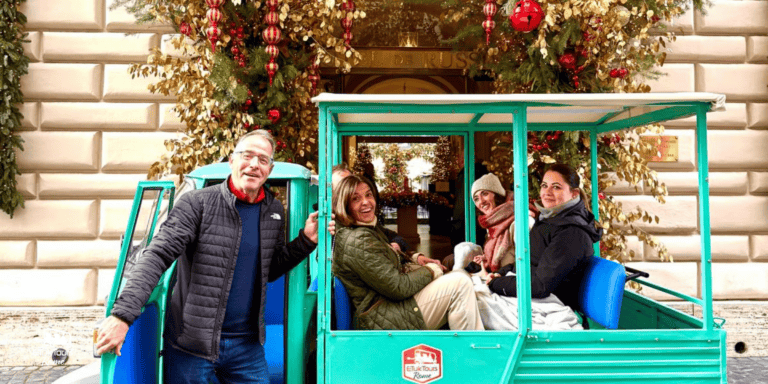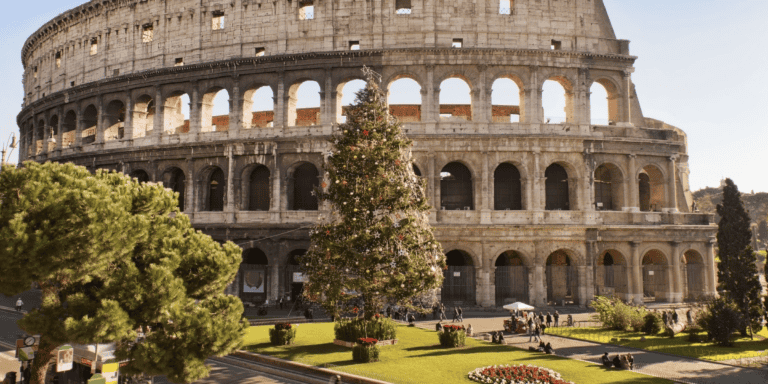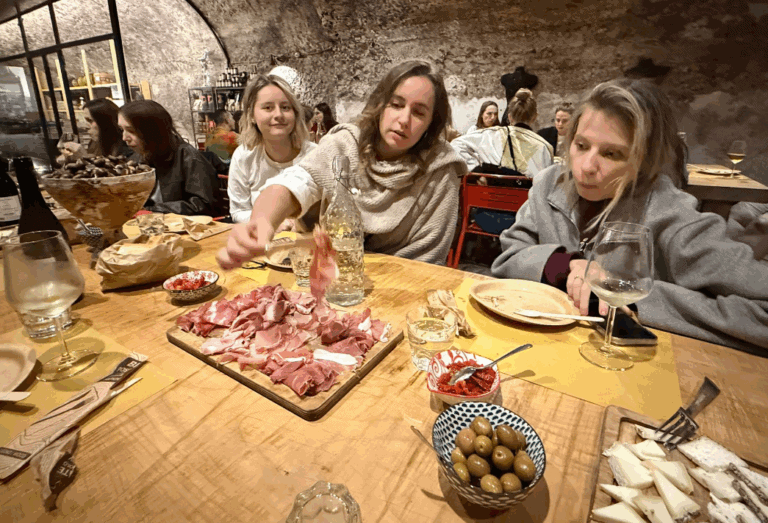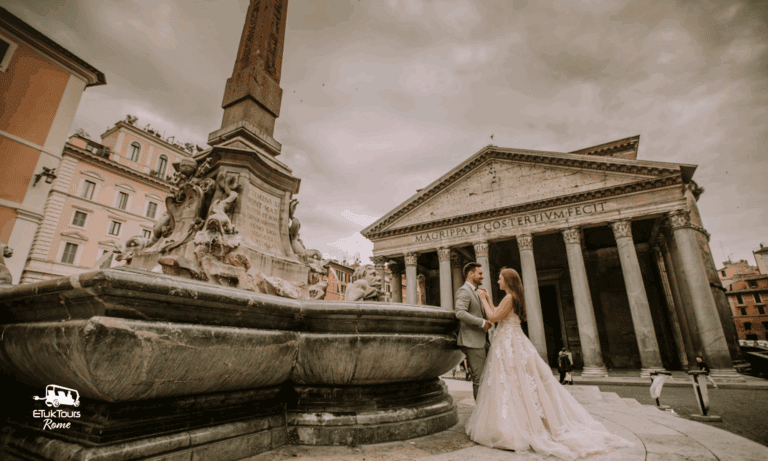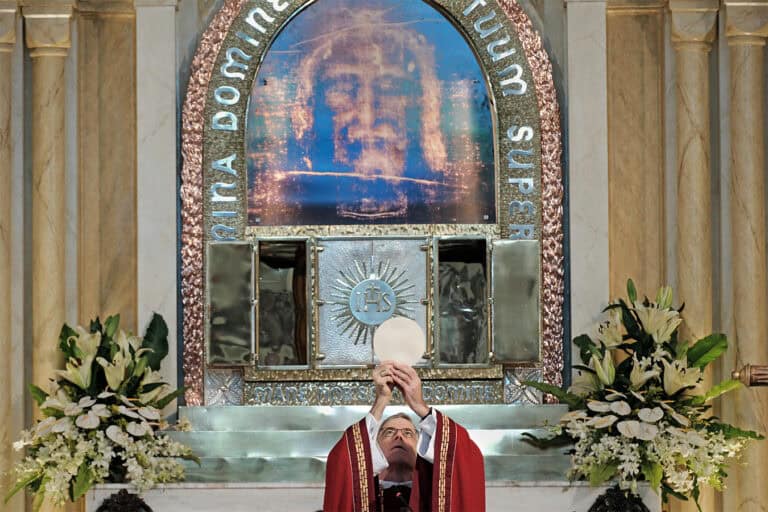Rome, the Eternal City, is a living museum — a chaotic masterpiece where ancient ruins stand beside bustling piazzas and Renaissance art adorns every corner. A trip here is a journey through millennia of history, art, and culture.
But this sprawling, captivating city can be overwhelming for the first-time visitor. The key to a truly perfect Roman holiday isn’t trying to see everything, but experiencing the right things in the right way.
This guide cuts through the noise, offering ten essential, actionable tips to help you plan strategically, navigate with ease, and immerse yourself in the magic of Rome. From securing that coveted Colosseum ticket to finding the perfect plate of pasta, consider this your essential blueprint for an unforgettable adventure.
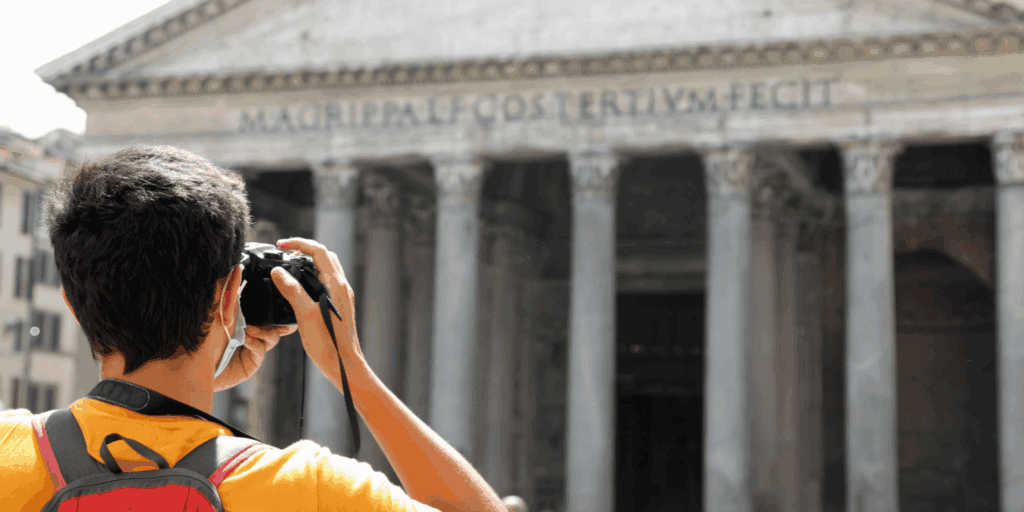
The Power of Prioritization: Plan Your Roman Holiday Like a Pro
Effective planning is the single most important factor for a successful trip to Rome. The city’s immense popularity — with foreign tourist arrivals growing by 45.2% in 2024 — means that spontaneity without a framework can lead to long lines and missed opportunities. A little foresight goes a long way.
Book Everything in Advance (Especially High-Demand Sites)
For top-tier attractions like the Colosseum, the Vatican Museums, and the Borghese Gallery, booking your ticket weeks, or even months, ahead is not just a suggestion — it’s a necessity. Timed-entry tickets are now standard for managing crowds.
Waiting to buy a ticket on the day often means facing sold-out signs or spending hours in a queue you could have easily avoided. This applies not only to attractions but also to high-speed trains if arriving from another Italian city and popular restaurants during high season.
Consider a City Pass: Is a Roma Pass or Turbopass Right for You?
City passes can offer both convenience and savings, but they aren’t for everyone.
The Roma Pass includes:
-
Free entry to one or two museums or archaeological sites
-
Unlimited use of public transportation
-
Discounts on other attractions
If you plan to visit several participating sites and use public transport often, a pass can be cost-effective. However, if your plan focuses more on free sites like the Pantheon and walking, you may be better off buying individual tickets.
Timing is Everything: Best Seasons to Visit
The shoulder seasons of April–May and September–October offer the sweet spot of pleasant weather and smaller crowds.
Summer (June–August) is hot and crowded, while winter is cooler but peaceful.
Visit major sites like the Trevi Fountain or Spanish Steps early in the morning (before 9 a.m.) or late in the evening for a more serene experience.
Accommodation Choices: Picking the Perfect Roman Base
Your neighborhood choice will shape your experience:
-
Centro Storico (Historic Center): Near Pantheon or Piazza Navona; central and lively.
-
Trastevere: Bohemian, charming, and full of amazing food.
-
Prati: Elegant, local, and near the Vatican.
Choosing a well-located base minimizes travel time and maximizes discovery.
Navigating Rome’s Transportation Maze: From Airport to City Streets
Rome’s historic center is best explored on foot, but understanding transport options helps you cover more ground efficiently.
Airport Transfers Made Easy
-
From Fiumicino Airport (FCO):
The Leonardo Express train to Roma Termini takes 32 minutes.
Budget buses are cheaper but slower.
Taxis have a fixed fare within the Aurelian Walls. -
From Ciampino Airport (CIA):
Shuttle buses are the main option to reach the city center.
Master Public Transportation: Metro, Bus & Tram
Rome’s system (operated by ATAC) includes:
-
Metro (A, B, C lines) — ideal for major landmarks like Colosseo, Spagna, Ottaviano.
-
Buses & trams — extensive coverage beyond metro zones.
Tickets are interchangeable across all systems. Buy them from tabacchi, newsstands, or vending machines, and always validate before boarding.
Walking: Your Best Friend for Discovery
Rome’s core is compact — perfect for walking. You’ll find hidden courtyards, ancient fountains, and lively streetscapes.
Wear comfortable shoes — cobblestones (sanpietrini) can be tough.
Taxis and Ride-Sharing
Official taxis are white with the SPQR emblem. Use taxi stands, not random street hails.
Uber works in Rome but is pricier.
Best used late at night or for cross-town routes.
Conquer the Ancient Heart: Colosseum, Forum & Palatine Hill
The archaeological core of Rome is vast and breathtaking. Smart planning ensures you don’t burn out before seeing it all.
Combined Tickets & Timed Entry
A single ticket gives access to the Colosseum, Roman Forum, and Palatine Hill, valid for 24 hours.
You’ll need to select a time slot for the Colosseum when booking online — reserve early!
Understanding the Sites
-
Colosseum: Gladiator games and spectacles.
-
Roman Forum: The hub of ancient political and social life.
-
Palatine Hill: Home to the emperors’ palaces.
Seeing all three together tells Rome’s full story.
Best Times to Visit
Go early morning or late afternoon to avoid crowds and harsh sun.
Bring water, sunscreen, and a hat — shade is limited.
Optional Arena Floor & Underground Tours
Upgrade your experience with a guided tour including the Arena Floor or Underground (Hypogeum).
These limited-access areas add incredible depth and perspective to your visit.
Unlocking the Vatican City: Spiritual & Artistic Pinnacle
The world’s smallest state is home to immense beauty — but it demands organization.
Prioritize Your Visit
The Vatican includes:
-
Vatican Museums
-
Sistine Chapel
-
St. Peter’s Basilica
Note: the Basilica has a separate entrance and is free, but requires passing security.
Book Vatican Museum Tickets Early
Skip-the-line tickets are essential. Buy directly from the official Vatican website.
Consider a guided tour for deeper insight and to navigate efficiently.
Dress Code: Respect Matters
Shoulders and knees must be covered for both men and women.
Carry a light scarf or shawl if needed.
Papal Audience
Held most Wednesdays when the Pope is in Rome.
Tickets are free, but must be requested in advance.
A remarkable experience whether you’re religious or not.
Beyond the Big Three: Rome’s Piazzas & Fountains
Rome’s heart beats in its piazzas — open-air living rooms where life unfolds.
Pantheon: An Architectural Wonder
Once a pagan temple, now a church, the Pantheon’s dome and oculus remain unmatched.
Entry is free (though a ticket may be introduced soon).
Trevi Fountain & Spanish Steps
At the Trevi Fountain, toss a coin to ensure your return to Rome.
Nearby, the Spanish Steps connect Piazza di Spagna with Trinità dei Monti — a perfect spot for photos.
Piazza Navona & Fountain of Four Rivers
A stunning Baroque square with Bernini’s Fountain of the Four Rivers.
Lined with cafes and street artists — great for people-watching.
Other Highlights
-
Castel Sant’Angelo: Once Hadrian’s mausoleum, now a museum with top views.
-
Piazza Barberini: Home to more Bernini masterpieces.
-
Altare della Patria: Grand monument with panoramic terraces.
Eat Like a Roman: The Art of Local Cuisine
Roman cuisine is hearty, simple, and unforgettable.
Classic Roman Dishes
Try the “Big Four” pastas:
-
Cacio e Pepe — cheese & pepper
-
Gricia — pork jowl & pecorino
-
Amatriciana — pork jowl, tomato & pecorino
-
Carbonara — eggs, pork jowl & pecorino
Also try fried artichokes (carciofi alla giudia) and oxtail stew (coda alla vaccinara).
Finding Authentic Trattorias
Avoid tourist traps near major landmarks.
Look for:
-
Short, handwritten menus
-
Locals dining inside
-
Modest decor
Best food districts: Trastevere, Testaccio, Monti.
And don’t miss artisanal gelato — natural colors, smooth texture, real ingredients.
Wrapping up
Well, a journey to Rome is an experience that lingers long after you’ve tossed your coin into the Trevi Fountain.
The secret to unlocking its magic is balancing smart planning with spontaneous exploration.
Book essentials early, master public transport, and embrace the rhythm of the streets.
This way, you’ll have more time to savor that perfect cacio e pepe, enjoy a sunlit piazza, and simply soak in the timeless beauty of the Eternal City.
Embrace the planning. Then embrace the chaos.
Your unforgettable Roman holiday awaits. 🇮🇹

